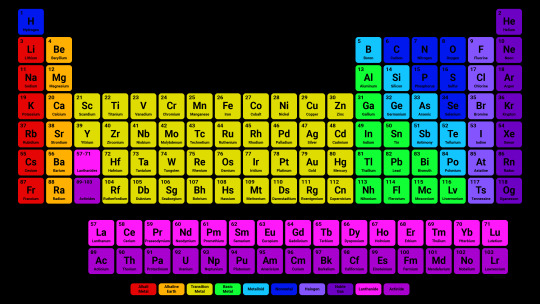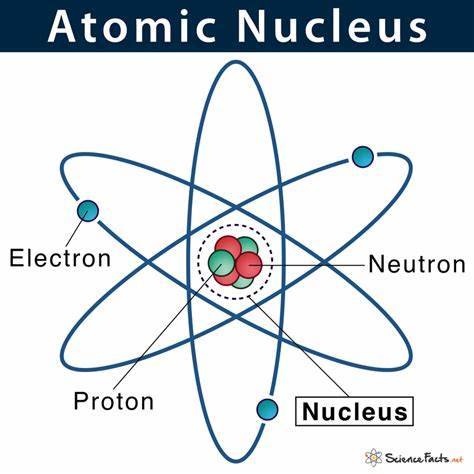Text
BIG ANNOUNCEMENT
Sorry everyone, I'm going to be deleting this account as the email connected to it does not work. My new account will be the same as this one (sleeping-circle), and I hope you can continue to support me!
2 notes
·
View notes
Text
Masculine & Feminine - French
All French nouns are either masculine or feminine
'le' and 'la' both mean 'the' in French, but 'le' is used for masculine nouns and 'la' is used for feminine nouns
E.g.: The noun 'house' (maison) in French is a feminine noun, so when referring to it, we say 'la maison', not 'le maison'
The same goes for words like 'a' (un, une), 'my' (ma, mon), and even adjectives! (masculine adjectives to describe masculine nouns, feminine adjectives to describe feminine nouns)
E.g.: A big house.
We know 'house' (maison) is feminine, so we use 'une' instead of 'un'
Big in French can either be grand (masculine), or grande (feminine), but in this case, since we're describing a feminine noun, we use 'grande
Conclusion: A big house -> Une grande maison
FUN FACT: Most feminine nouns in French end with 'e'. The word 'house' used in the examples above is an exception - but the next time you see a French noun ending with 'e' you can (almost!) safely assume it's feminine
E.G.: la bouche (mouth), la vache (cow), la chaise (chair), and hundreds more that I'm too lazy to type!

83 notes
·
View notes
Note
Why are some elements metalloids?
It's because some elements have both metallic and non-metallic properties. Hope this helped! 😁
63 notes
·
View notes
Text
The Periodic Table - Chemistry
The chemical symbols are shown in the periodic table, where all the elements are displayed in order of atomic number (the number of protons in the nucleus of an atom)
The elements in the table are arranged in columns called groups - each group contains elements with similar chemical properties

Zoom in on the image - the elements are colour-coded - you'll see which elements are metals, metalloids, non-metals and more!
#periodic table#elements#chemical symbols#chemistry#atoms#metals#non-metals#metalloids#science#study notes
150 notes
·
View notes
Text
Chemical Symbols - Chemistry
The name of an element depends on the language being spoken
However, the world of science forms a global 🌍community
That is why we have chemical symbols; universal 1 or 2 letter symbols each representing an element - so every scientist, no matter what nationality can understand! 😄
88 notes
·
View notes
Text
Atoms, Elements and Compounds - Chemistry
All substance are made from tiny particles called atoms
There are about 100 different types of atom found naturally on Earth
Atoms can combine in a huge variety of ways, creating all sorts of substances (e.g.: water, carbon dioxide, hydrogen peroxide)
Some substances are made up of only one type of atom; these substances are called elements
Some substances are made up of more than one type of atom; these substances are called compounds
86 notes
·
View notes
Text
Energy Stores ⚡🏪 - Physics
Magnetic energy store - the energy stored when poles attract or repel 🧲
E.g.: Fridge magnets, compasses, maglev trains which use magnetic levitation
Internal (thermal) energy store - the total kinetic and potential energy of the particles in an object aka the kinetic energy/vibrations of particles. Hotter object 🔥-> MORE internal energy (particles vibrate faster)
E.g.: Human bodies 🤾🏼, hot coffees ☕, stoves or hobs. Ice particles 🧊 too, just they vibrate slower.
Chemical energy store - the energy stored in chemical bonds, like the bonds between molecules
E.g.: Food, fuel, certain chemicals found in batteries
Kinetic energy store - the energy store of a moving object
E.g.: Any moving object, really
Electrostatic energy store - the energy stored when charges (protons+ & electrons-) attract/repel
Elastic potential energy store - the energy store of an object that is being squashed/stretched
Gravitational potential energy store - the energy of an object above the surface of the Earth 🌍 - the higher the object is, the higher its gravitational potential energy
E.g.: Planes ✈️, cups on tables 🍺, birds 🕊️, etc.
Nuclear energy store - the energy stored in the nucleus of an atom
E.g.: Uranium nuclear power, nuclear reactors

165 notes
·
View notes